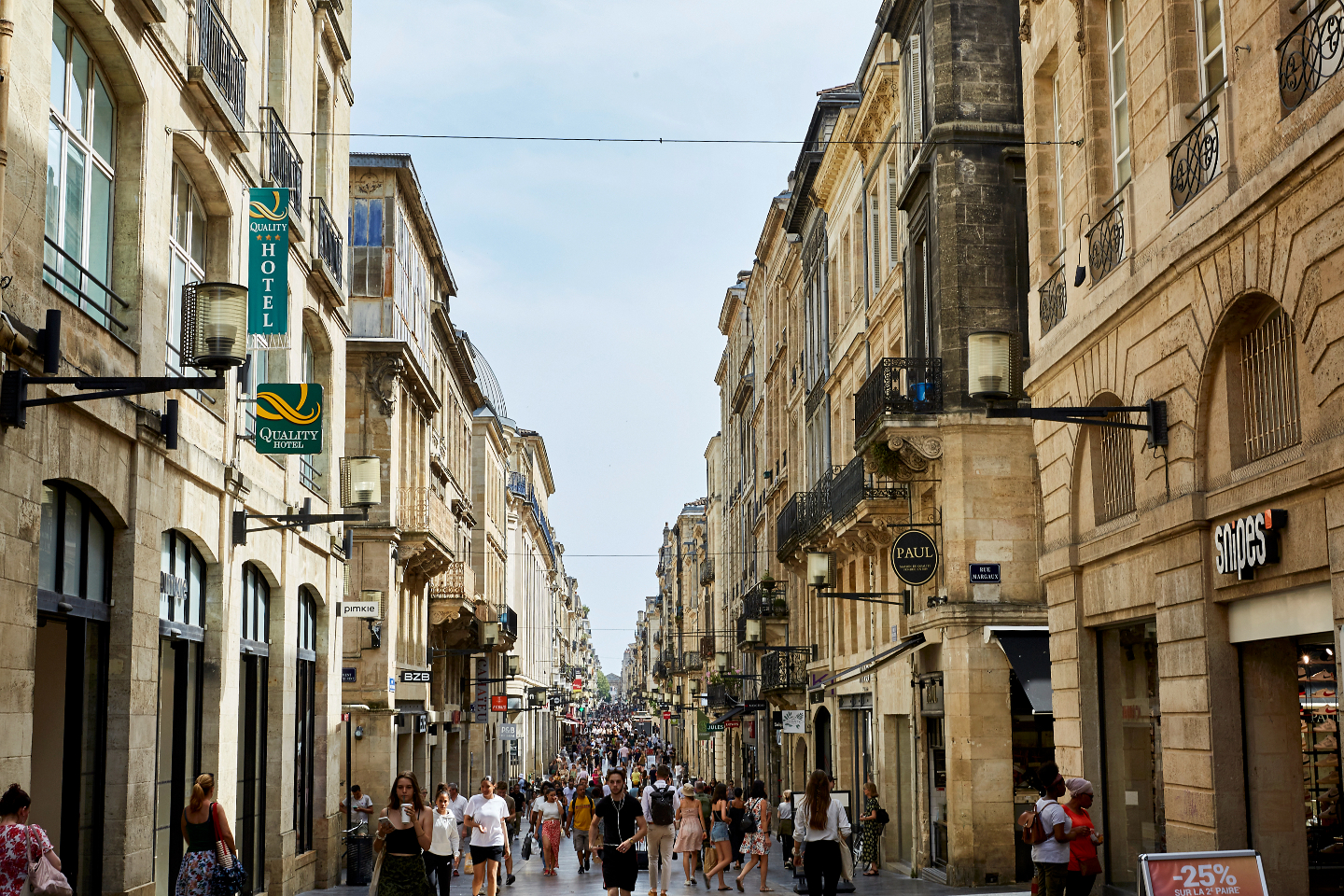
Great shopping may be found on the Allées de Tourny (Photo: Soophye)
It is interesting to remember that Bordeaux used to be entirely black. Literally. All its limestone buildings were covered in soot. Fast forward to the present, it is now an entirely white and gleaming city. Cars are discouraged, and property prices have shot up ever since it was connected by a fast train, enabling one to get to and from Paris in just about two hours. It used to be more than five when I was young. The former capital of the region of Aquitaine, Bordeaux has since become the capital of a larger area of southwest France called Nouvelle-Aquitaine, or New Aquitaine, an area that stretches from the Limoges in the north to the Spanish border in the south.
This hub of the world-famous wine-growing region is also a thriving port city on the banks of the Garonne. There is a newly built Cité du Vin in an entirely redesigned district which, alas, I have yet to visit. Nevertheless, exploring Bordeaux’s numerous and distinct districts is a must, from the posh 18th-century old town centre, where one can sight-see and spend at the Allées de Tourny (superb for shopping) and the Grand Theatre, to the popular parish of Saint Michel — where the imposing Basilique Saint-Michel, a flamboyant Gothic church, is — and the Saint-Pierre neighbourhood, which is probably quite gentrified by now. Bordeaux also boasts one of the biggest bookshops in all of France, Mollat, where I have spent many hours. The city has many cultured names to call its own, from painters like Albert Marquet to writers like François Mauriac.
_s1a8759.jpg
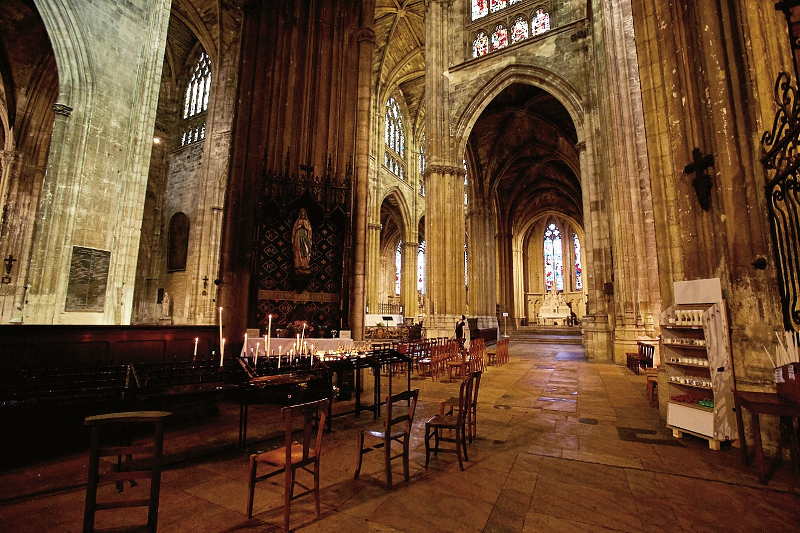
The Bassin d’Arcachon is a must-see and an ideal starting point for one’s greater Bordeaux journey. It is a land of turn-of-the-century villas, oysters and changing colours. The closer one gets to the ocean, the better. But, of course, it also means the more expensive it will be. The seaside resorts
I must recommend are Cap-Ferret and Le Pyla sur Mer. Another, Le Moulleau, is the southernmost town in Arcachon and offers beautiful views over the basin.
Be sure to climb the Dune du Pilat, the largest sand dune you can find in Europe, located in the small town of La Teste de Buch, a short drive from Bordeaux. Listed as a national heritage site since 1994, its name is derived from the Gascon word pilat, which means “heap” or “mound”. But the dune is far from being a mere heap or mound! It is 110m high and nearly 3km long. The views at the top of the dune are exceptional, offering panoramic bay vistas as well as of the Banc d’Arguin sandbank, the surrounding pine forests and the lighthouse of Cap-Ferret. You may also take a boat to access the Banc d’Arguin, a smallish, sandy islet that is accessible only at low tide. The area was designated as a reserve in 1972 and is a haven for nature lovers.
dune_du_pilat.jpg
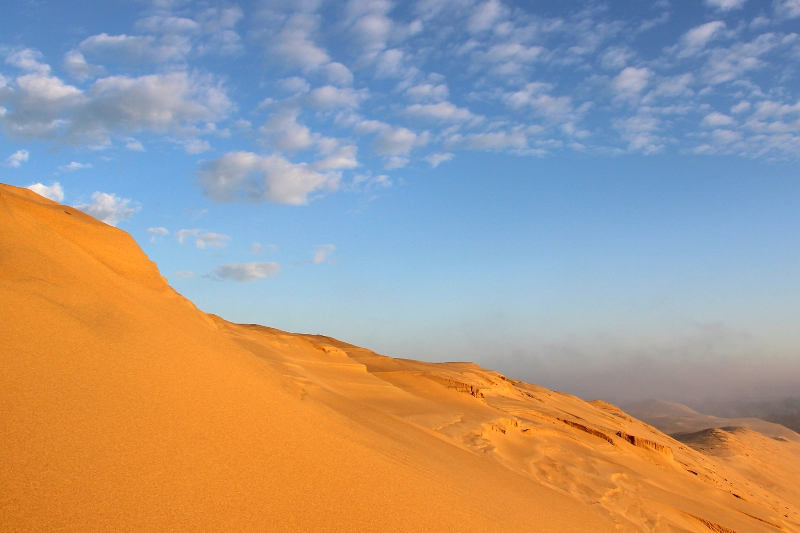
Arcachon is, of course, oyster country. Many Bordeaux dwellers spend their holidays in Arcachon or have summer houses there. The area really became fashionable in the days of the Second Empire, when it was visited by Empress Eugenie de Montijo, wife of Napoleon III (dubbed “Le Petit” by Victor Hugo) and developed by the Pereire brothers — Emile and Isaac — the bankers who were bankrolling his regime and seen, at that time, as challengers to the dominance of the Rothschild family in haute finance, as continental European finance was referred to then.
But we must not forget the main reason so many people visit Bordeaux. It is the departure point from which to tour the famous wine estates. Two places not to be missed are Saint-Emilion — a village perched on a rocky outcrop and, though it can be a bit touristy, it is still worth the visit — and Pauillac, which is much more relaxed and offers a different atmosphere. It is closer to the estuary and the ocean, with lots of châteaux to visit, some with their own restaurants or hotels. You can taste and buy directly from the wine estates and, happily, most will ship the bottles anywhere in the world. Some châteaux can be quite architecturally extravagant, built as showpieces in the 18th or 19th centuries. If you have time, I recommend staying at the Château Cordeillan-Bages, which my wife and I did last summer.
chateau_cordeillan-bages.jpg
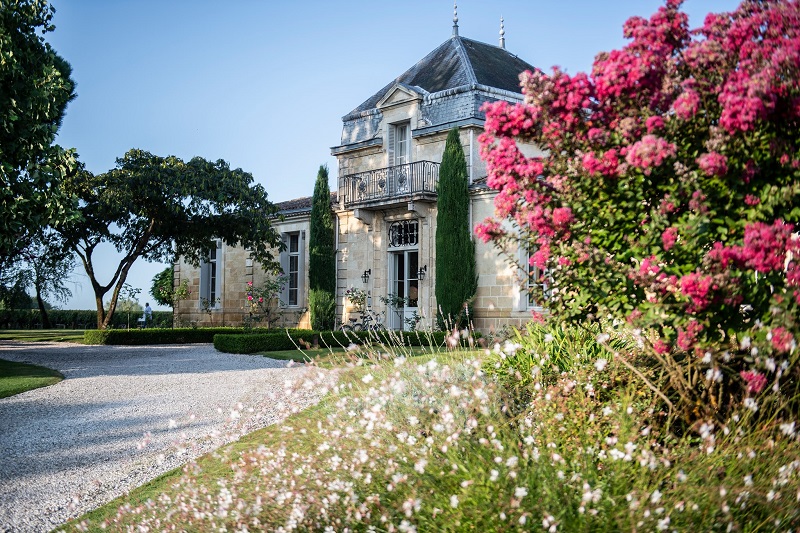
Bordeaux itself is a town that offers a curious mix of influences: British (once part of England, Bordeaux is one of the few towns in France with a working Anglican church and home to some wealthy families, the heirs of British wine merchants); Spanish (Goya once called Bordeaux home and the town housed many refugees who were fleeing the Spanish Civil War); and African (after all, Bordeaux was once a major colonial port). It was a town flush with lots of old money, courtesy of the wine and trading businesses, lots of 18th-century architecture and good food. My favourite restaurant, which is more of an upscale brasserie, really, is Le Noailles, but mention must also be made of Le Saint-James, a restaurant with Relais & Châteaux hotel accommodation, in Bouliac, a suburb close by, that boasts a Michelin star. For book lovers, the château of philosopher and writer Michel de Montaigne in the small town of La Brede is just half an hour from Bordeaux. One should try to visit his library, which figures in his essays.
_s1a9070.jpg
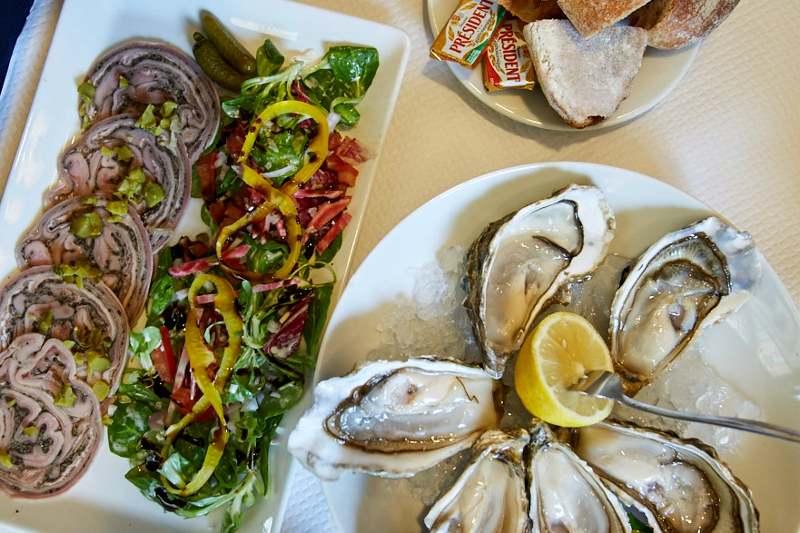
And, of course, the whole Bordelais region is a foodie’s paradise. Oysters are a particular specialty and sometimes served in the local style with small sausages called crepinettes. Other good things to eat are foie gras; a type of charcuterie called grenier medocain, which originated from the Medoc and can best be described as an andouilette-like sausage; and graton, with which to start every meal. The quintessential Bordeaux dish to try is Lamproie à la Bordelaise, starring lamprey, a snake-like fish that is slow-cooked in its own blood with wine. Alternatively, order the less original but no less delicious Entrecôte à la Bordelaise, or good steak in a wine-based sauce. If you happen to be dining at Le Noailles, you must have the cep mushrooms, which are served with scallops. Having said that, Le Noailles’ simple omelette with ceps can be just as fantastic. Caviar is also produced in the estuary, with Aquitaine caviar offering yet another treat for visiting gourmets.
When dining out, make it a point to try the lesser-known or underappreciated wines. Entre-Deux-Mers, which means “between two seas”, is one of my favourite dry whites. It is not very well known nor very expensive, unlike its Graves Blanc cousin. And should you happen to have ordered a feast of oysters, I must recommend the white wine from Château Carbonnieux Pessac-Léognan or its second wine, La Croix Carbonnieux, which is the perfect pairing for fish and shellfish.
Roland Galharague, who hails from Bordeaux, is France’s outgoing ambassador to Malaysia. He has been recently appointed Head of the EU Delegation to Russia.
This article first appeared on July 4, 2022 in The Edge Malaysia.


